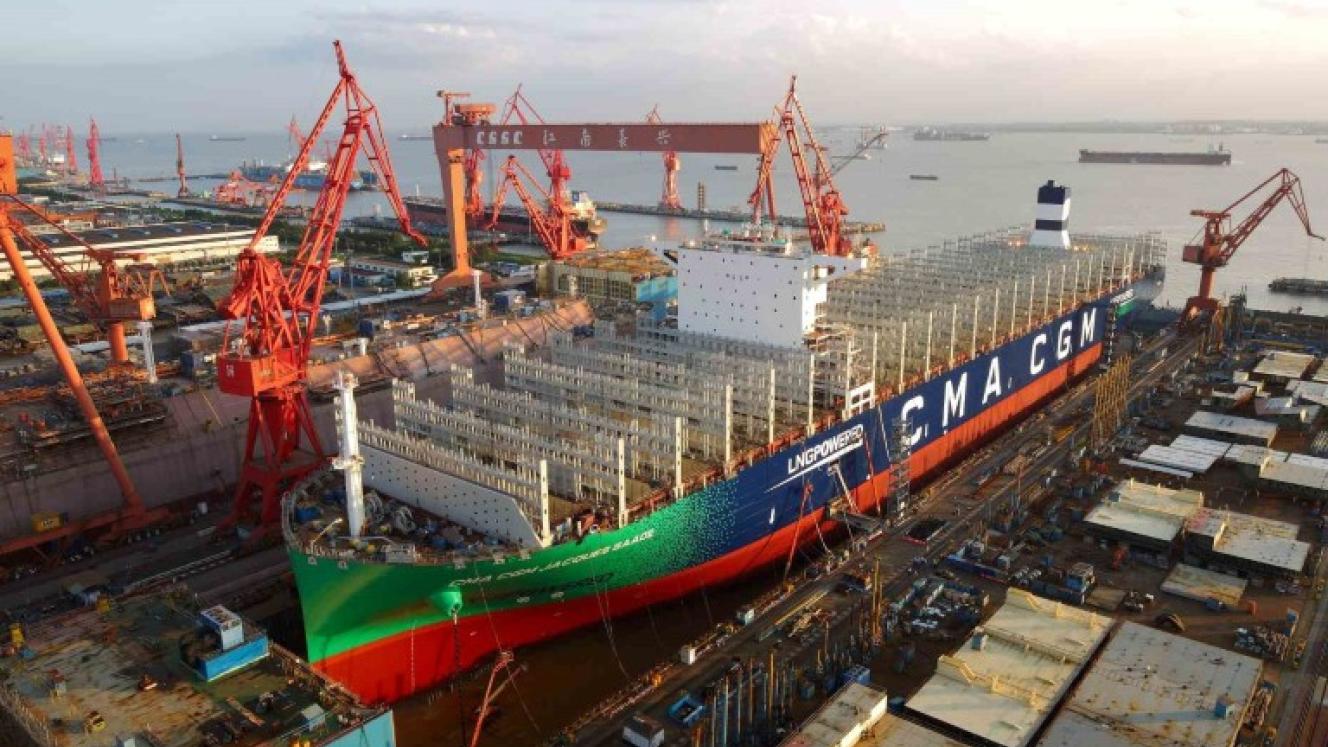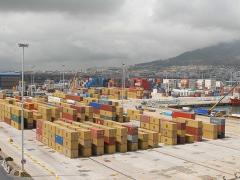Maritime industry experts are raising serious concerns over an impending capacity imbalance as the orderbook for containerships hits its highest level in 15 years, mainly due to Red Sea risk pressure and bypass rerouting necessitating longer EU-Asia rotations.
The unprecedented volume of new ship orders to accommodate east-west sailings around the Cape of Good Hope has prompted warnings of a looming overcapacity crisis that could impact freight rates and profitability over the coming decade.
The situation south of the Suez Canal also remains highly elevated following the weekend's air raids on Sanaa by Israel, amid ongoing regional hostilities.
Since late 2023, the Red Sea corridor has been severely impacted by Yemen's Houthi militia, which has significantly escalated attacks on commercial and merchant vessels transiting the area.
Over 170 attacks have been reported in the Red Sea through mid-2025, with the Houthis expanding their targeting to include ships linked to Israeli ports, regardless of nationality.
Data from leading maritime consultancies reveals that the containership orderbook has surged to approximately 10 million TEUs, representing nearly 30% of the current global fleet capacity. This ratio is the greatest seen since around 2010 and signals a significant expansion of fleet capacity in the near term.
The surge in orders, particularly among smaller feeder vessels and regional box ships, underscores fears that supply growth will outpace container demand well into the late 2020s. Analysts from firms including Linerlytica and Clarksons Research caution that continued fleet expansion amid slower volume growth risks excessive oversupply.
Industry bodies such as the Baltic and International Maritime Council and Xeneta echo these concerns, predicting downward pressure on ocean freight rates as the market adjusts to the new capacity.
While recent years have seen robust demand amid global trade growth, the considerable influx of new ships threatens to usher in a prolonged phase of overcapacity, with knock-on effects for carriers’ earnings.
This development poses a significant challenge for the container shipping sector, which now faces challenging market conditions shaped by an oversupplied fleet and cautious demand outlook.













